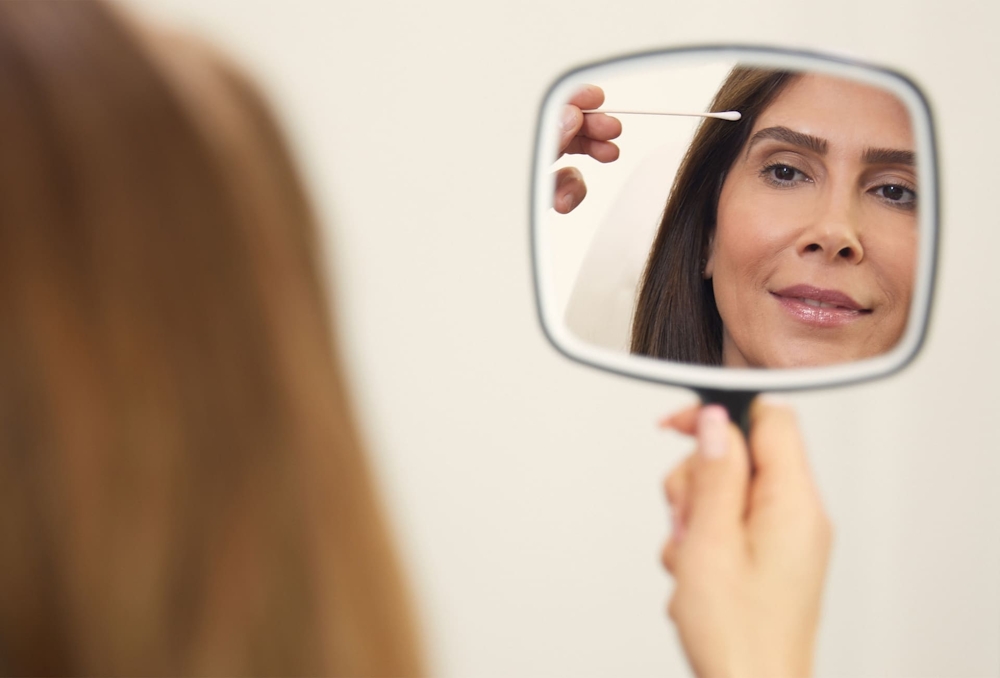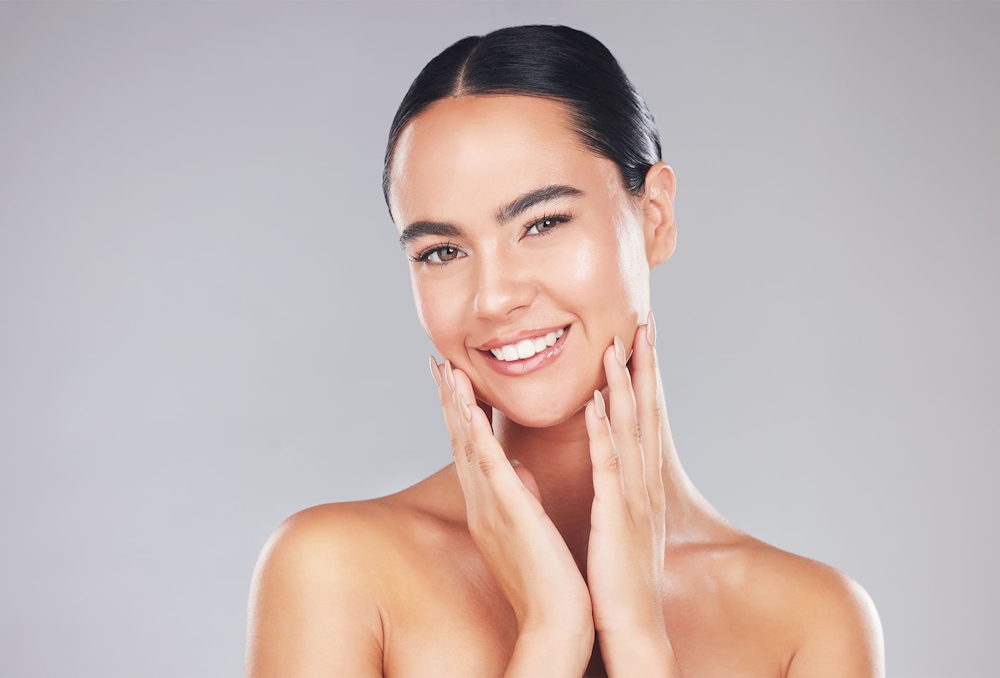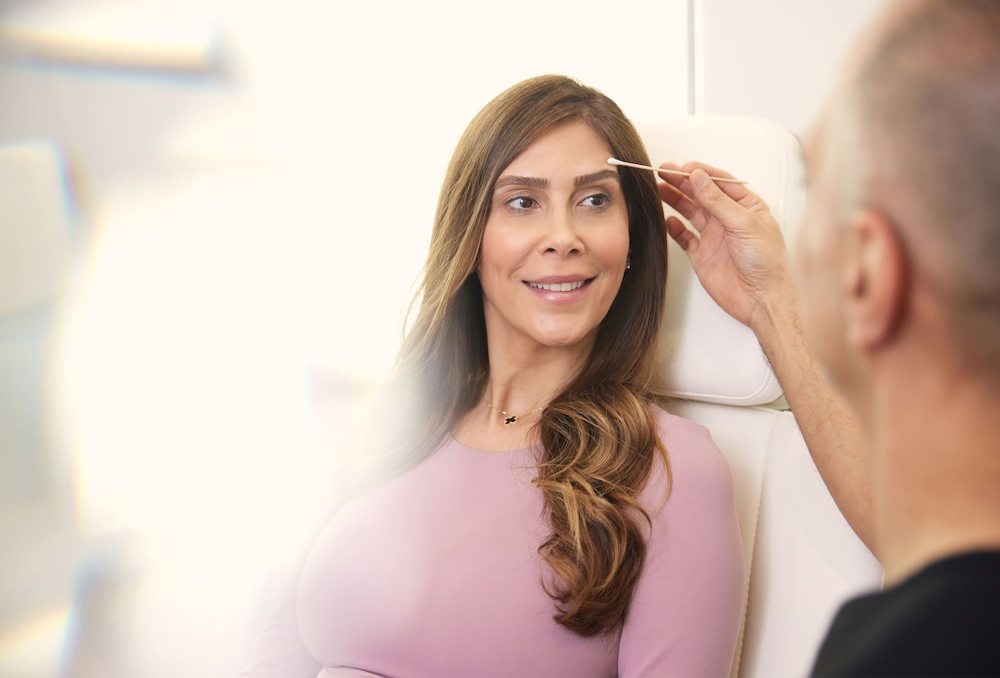Discover renewed confidence and functionality with our specialized eyelid surgery tailored for individuals with facial paralysis.
Learn More
Eyelid Surgery For Facial Paralysis
Gracilis Muscle Transplant (Cross Face Nerve Graft)
Gracilis Muscle Transplant (Masseter Nerve)
Facelift For Facial Paralysis
Cross Face Nerve Graft
Brow Lift For Facial Paralysis
Nerve Transfers
Selective Neurolysis For Synkinesis
Facial Asymmetry Correction
BOTOX® For Facial Paralysis
Corneal Neurotization














